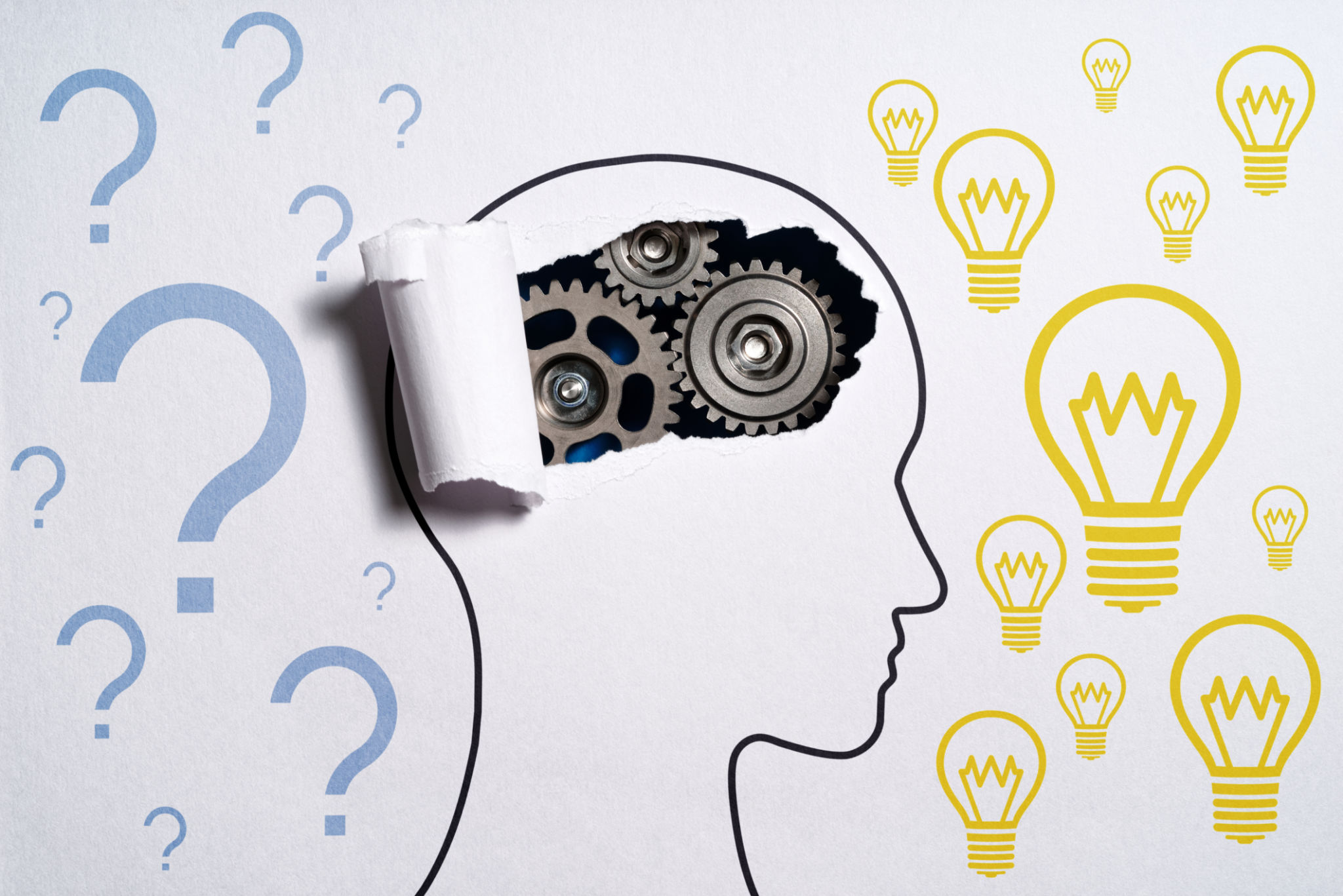Common Misconceptions in Science: Debunked by Learning Science with Luke
Understanding the Reality of Science
Science is a complex and fascinating field that often gets misunderstood by the general public. Many people hold onto common misconceptions because they seem plausible, but these misunderstandings can distort our view of the scientific world. Today, let's explore some of these misconceptions and debunk them with insights from Learning Science with Luke.

The Myth of the Five Senses
One of the most widespread misconceptions is that humans only have five senses: sight, hearing, taste, touch, and smell. In reality, scientists recognize many more senses. For example, we have a sense of balance, known as the vestibular sense, and a sense of temperature called thermoception. Understanding these additional senses can enhance our appreciation of human biology and the complexity of our bodies.
It's important to acknowledge how these additional senses impact our daily lives. The sense of proprioception, which helps us understand the position of our limbs in space, is crucial for coordination and movement. By expanding our understanding beyond the basic five senses, we gain a more comprehensive view of human perception.
Cracking the Brain Usage Myth
A popular myth suggests that humans only use 10% of their brains. This myth has been perpetuated by pop culture and movies, often implying that unlocking the rest of our brain could lead to extraordinary abilities. However, neuroscientists have shown that we use virtually every part of the brain, and most of the brain is active almost all the time, even during sleep.

Brain imaging technologies like fMRI reveal that different tasks activate different areas of the brain. Even simple activities like talking or walking require widespread brain activity. Dispelling this myth helps us appreciate the brain's true capabilities and demystifies some of the pseudoscientific claims surrounding human potential.
Misconceptions in Evolution
Evolution is another field rife with misconceptions. One common misunderstanding is that evolution is a linear process aiming for perfection. In reality, evolution is not goal-oriented. It is a complex process driven by natural selection, genetic drift, mutations, and gene flow. Species evolve over time to adapt to their environments, but this does not mean they are progressing toward some ideal form.
Another misconception is that humans evolved from monkeys. In truth, humans and monkeys share a common ancestor but have followed separate evolutionary paths for millions of years. Understanding these nuances helps clarify the true nature of evolutionary biology.

The Reality of Scientific Theories
Many people confuse scientific theories with hypotheses or mere guesses. In science, a theory is a well-substantiated explanation of some aspect of the natural world that is based on a body of evidence and has stood up to extensive testing and scrutiny. For example, the theory of relativity or the theory of evolution are well-supported by empirical evidence and are fundamental to our understanding of physics and biology.
Recognizing the difference between a hypothesis and a theory is essential for understanding scientific discussions and debates. This distinction allows us to appreciate the robustness and reliability of scientific knowledge.
The Importance of Debunking Misconceptions
Debunking these common misconceptions not only enhances our understanding of science but also fosters critical thinking and curiosity. By questioning widely held beliefs and seeking out evidence-based information, we can develop a more accurate view of the world around us.

Learning Science with Luke aims to empower individuals with knowledge and curiosity to explore scientific topics without falling into the trap of misinformation. By addressing these misconceptions, we encourage informed discussions and promote scientific literacy in society.